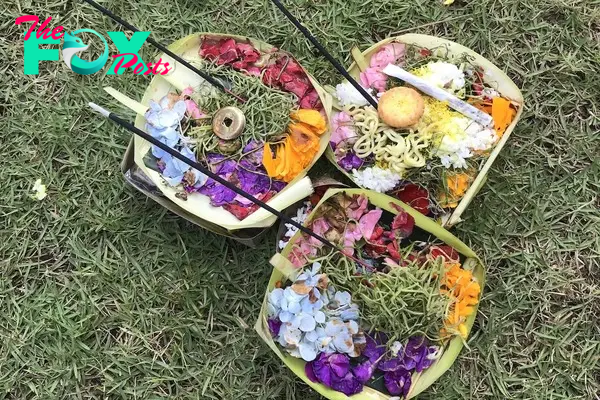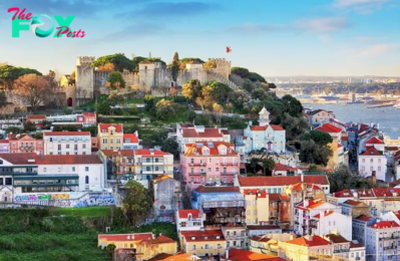Travel
A Beginner’s Guide to Bali: 11 Things You Should Know
Bali is one of those places that sits on most people’s bucket lists. It’s the perfect combination between a beachy paradise and a cultural haven. There’s a good reason they call it the Island of the Gods—if ever there was an island touched by heaven, it would be this one.
But Bali has its fair share of downsides, too. Take, for example, the crowded beaches and polluted rivers. Along with this, Western cuisine and architecture have influenced much of the island.
That considered, Bali is a beautiful, affordable, and easy island to explore. But as with any new destination, there are a few things you should know before visiting. Here are some useful tips I wish I had known the first time I Traveled to Bali.
The Island is Smaller Than it Seems
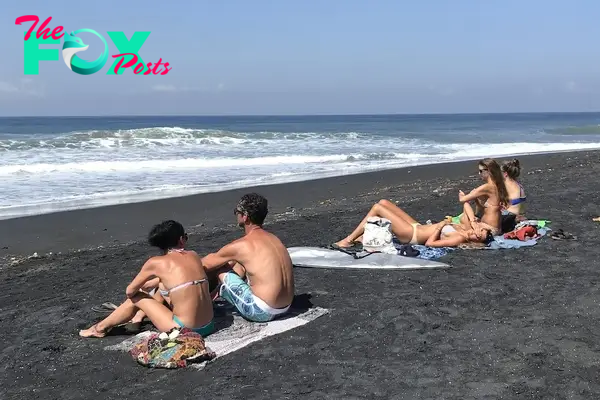
The first time I visited Bali, I left with the impression that the island was much larger than it really is. Why, you ask? Well, when it takes you an hour and a half to drive from the airport in Denpasar to Uluwatu on the Bukit Peninsula, it really feels like quite the distance. But in reality, the two areas are just 19 miles from one another.
To put things into perspective, the island stretches roughly 95 miles east to west and 70 miles north to south. Another reason it feels so big is because the vibe completely changes from town to town and coast to coast. The atmosphere in Kuta, Seminyak, and Canggu are totally unique from that in the north of the island.
It is best not to be fooled by the short distances as traffic can be intense.
Seminyak and Kuta are the Tourist Hot Spots

If you research Bali, chances are that most of the hotels you’ll come across will be located in Seminyak and Kuta. These two towns, located beside one another, are the tourist hub of the island. This is where you will find the bougie beach clubs, glitzy bars, and Western-inspired restaurants.
Seminyak is best known for its upscale resorts and boutique accommodations, and Kuta for its bustling nightlife and more budget-friendly accommodations. While these areas are worth checking out, they are very busy and mostly populated with tourists. I recommend you don’t spend all your time in these tourist centers.
Uluwatu is a Surfers Paradise – Lost
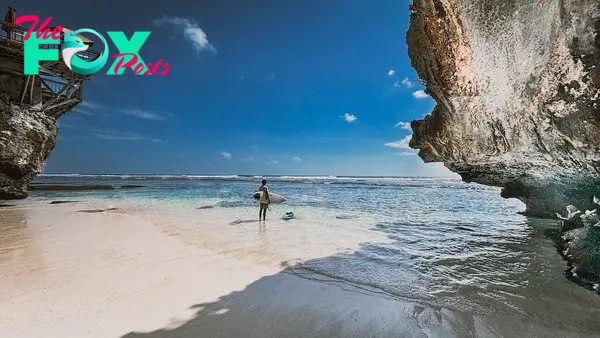
Perched on the southern cliffs of Bali’s Bukit Peninsula, Uluwatu is a haven for surfers and those after a more laid-back vibe. The area has some of the best surfing conditions in the world, paired with stunning views and comfortably warm water.
The only problem is that the spot is so famous it attracts thousands of surfers to its shores at any given time. To surf here, you’ll need to navigate the likes of the world’s best surfers and out-of-control beginners. It’s a hard pill to swallow as you gaze upon some of the world’s best waves when there are ten times more people on each wave than there should be.
Pro Tip: If you’re comPetent enough to surf these waves and want some photos taken, you can get a local photographer to snap some photos of you in action for around $20. Well worth it, if you ask me!
Check Your Vaccinations are Up-To-Date

Before traveling to Bali, make sure you are up to date on your routine vaccinations, which include diphtheria, pertussis, and tetanus. Most people have these vaccinations before they arrive.
Other recommended vaccines include Hepatitis A and B, and Typhoid (a nasty water-borne disease).
Pro Tip: Check which vaccinations you need four to six weeks before Traveling, as some vaccinations need time to settle in your body.
Ubud is Considered the Cultural Center of the Island

Located in the lower center of the island, Ubud is considered the island’s cultural and spiritual hub. This is where you will find the yoga retreats, meditation centers, and vegan eateries Bali is so well known for.
Ubud is about an hour and a half drive inland from Seminyak, and offers a totally unique atmosphere to the beach towns. I recommend you browse through traditional crafts at the Ubud Art Market and visit the Sacred Monkey Forest for around $5 per person.
To really get into the swing of things, join a yoga class, visit a water temple for a spiritual cleanse, and indulge in some delicious vegan or vegetarian food. Sage is one of my favorite restaurants here, serving wholesome and unique food that tastes just as good as it looks.
You can expect to spend around IDR 150k on a meal, which equates to just $9.
The Easiest Way to Get Around is on Motorcycle, But Not the Safest
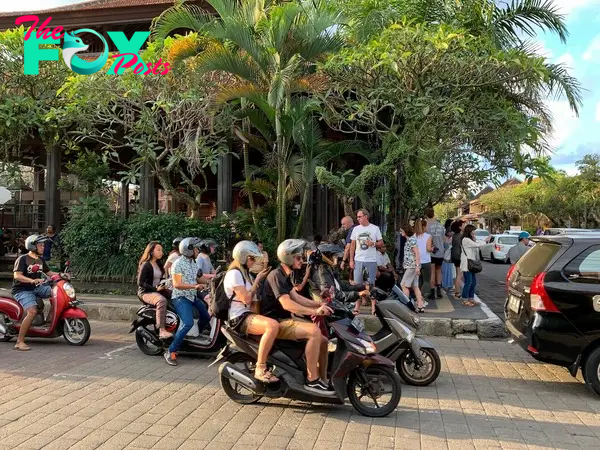
The good news is that since Bali is relatively small, it’s super easy to get around by motorcycle. Renting bikes is affordable and easy, with no need to have a motorcycle-specific license. The bad news is that riding motorcycles can be seriously dangerous.
I’ve spent a few vacations in Bali and can confidently say I have seen a motorcycle accident every visit. Sure, some riders aren’t as capable as others, but when the roads are as overcrowded and overwhelming as these are, there is always a chance something could go wrong.
Now, I’m not telling you not to rent a motorcycle, but please heed caution on these roads, which are busy, windy, and often shared with incomPetent drivers.
Get Decent Medical Aid

Get travel insurance. I can’t stress this one enough. I’m the type of person who gets insurance even if I leave the country for a day, but Bali is one of those places where good travel medical aid is essential.
When on the island, you are at risk of contracting waterborne diseases like typhoid, food poisoning with the ironic nickname ‘Bali Belly’, and mosquito-borne diseases like Dengue Fever.
And that’s not considering the risks you take if you hop on a motorcycle or paddle out at one of the island’s best surf breaks.
The risks are high, so it’s always best to be safe rather than sorry. After all, paying for travel insurance costs much less than forking out an arm and a leg for a hospital visit.
Dengue Mosquito Repellent is Different from Malaria Mosquito Repellent

On the topic of mosquitoes, Bali has a medium risk of mosquitoes carrying dengue fever. While you might be familiar with malaria, which has a low-risk factor in this region, dengue is a severe virus that causes high fever, body aches that are likened to broken bones, and low white blood cell counts. In severe cases, the disease can be fatal.
What I found interesting is that most mosquito repellents target malaria and that these solutions don’t repel dengue-carrying mosquitoes as well. So, when in Bali, make sure to purchase repellents that specifically repel dengue mosquitoes. Soffell, Dr Dengue, and OFF! are some brands that I know target dengue.
Stay Hydrated, But Not With Tap Water
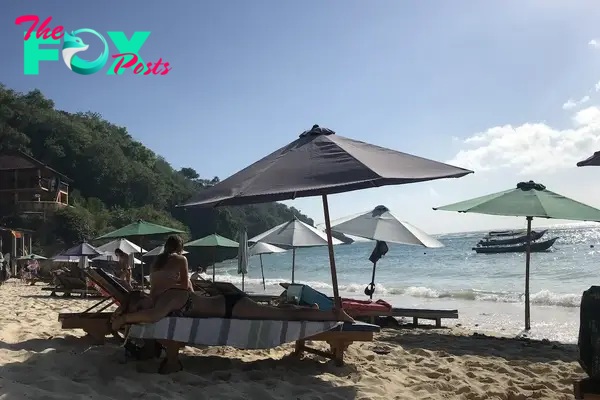
As with any tropical destination where temperatures reach the high 90s on a regular basis, staying hydrated is essential. But take caution when drinking water here, which can often be infected with diseases. Luckily, bottled water is readily available and affordable, costing as little as 50 cents for a liter. Most hotels provide complimentary bottled water.
Pro Tip: Be especially cautious when drinking iced drinks in some establishments. Sometimes, restaurants save money by using tap water to fill ice trays. I even recommend using bottled water to brush your teeth – experience one bout of Bali Belly, and you’ll agree!
The Tourism Boom Hasn’t Been All Sunshine and Roses

From under 400k visitors per year in 1990 to over six million per year in 2019, the island’s tourism boom has been nothing short of extraordinary.
However, this rise in tourism has brought many challenges. Overcrowding, pollution, and a dilution of culture are some of the main concerns. Popular spots like Kuta and Seminyak are the best examples.
With too many people to accommodate, waste management struggles and Western iNFLuences spread like wildfire through the hospitality industry making certain areas of Bali really feel like a ‘paradise lost’.
Ubers are Far and Few Between
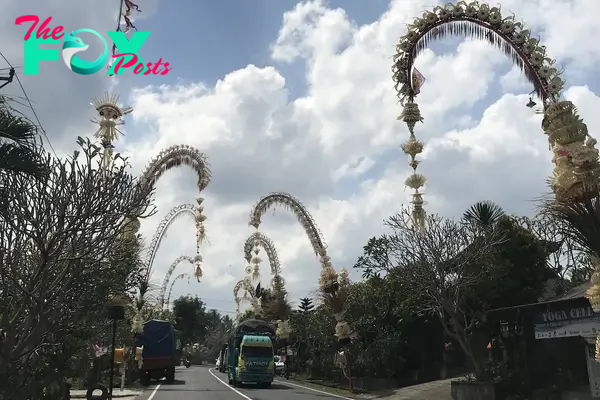
As a result of taxi turf wars, there are few Ubers available in Bali. Instead, you’ll need to download local applications Gojek or Grab to get from A to B. These platforms even offer delivery services, similar to Uber.
Pro Tip: I usually catch a traditional taxi from the airport on arrival and get the driver’s name and number to use for future trips. Especially when you are traveling to far-out areas like Keramas and Uluwatu where taxis are limited, private drivers can be super useful.
-

 Travel12h ago
Travel12h ago5 Fantastical Travel Locations that are Out of This World
-

 Travel2d ago
Travel2d ago10 Ultra-Luxury Ski Resorts Around The World
-
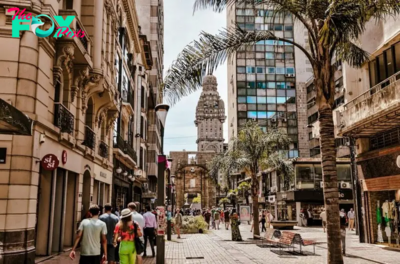
 Travel6d ago
Travel6d ago10 Best Countries to Visit in January
-

 Travel6d ago
Travel6d agoCheck Out the Best Smart Trackers in the Market for Your Luggage
-

 Travel1w ago
Travel1w agoFilming Locations of ‘Mr. Plankton’ That Are Worth a Visit
-

 Travel1w ago
Travel1w ago8 Gorgeous Islands in the US That You Can Drive To
-
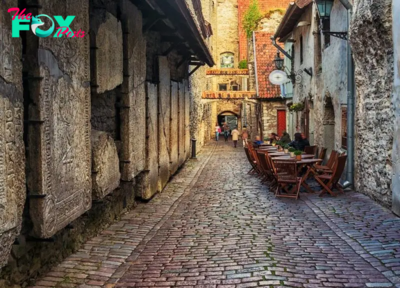
 Travel1w ago
Travel1w ago10 Underrated European Capitals Worth a Visit
-

 Travel1w ago
Travel1w ago12 Best U.S. Cities to Visit in January
